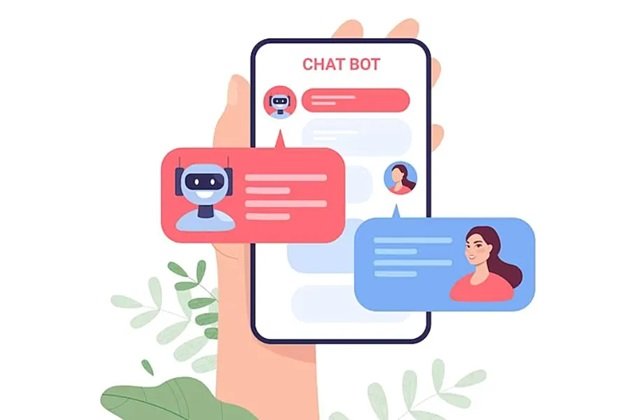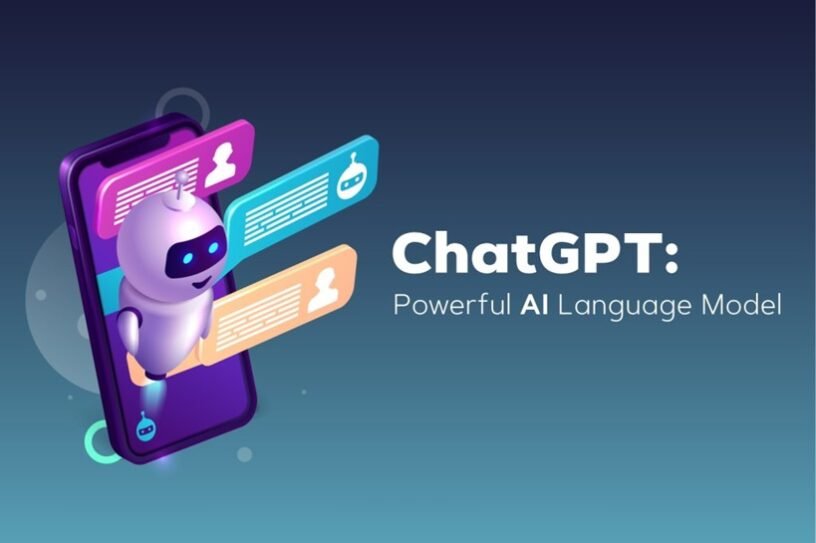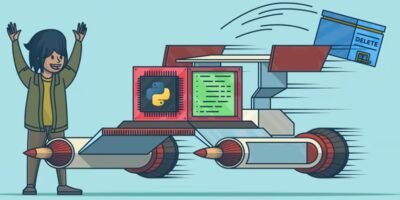Table of Contents
Introduction
Hello, dear readers! Today, we’re going to unravel the mystery behind one of the most talked-about AI models—ChatGPT. If you’ve ever wondered how this virtual assistant can hold a conversation that feels almost human, you’re in for a treat. We’re going to break it down in a way that’s easy to understand, and I’ll even throw in some real-life examples to make it all crystal clear. So, grab a cup of coffee, sit back, and let’s dive into the world of AI!
What is ChatGPT?
ChatGPT, developed by OpenAI, is a type of AI model known as a language model. But not just any language model—it’s based on a specific architecture called GPT, which stands for Generative Pre-trained Transformer. Before we get too technical, let’s start with the basics.
Understanding GPT: The Backbone of ChatGPT
GPT is a series of AI models designed to understand and generate human-like text based on the input it receives. The “transformer” part of GPT is a kind of neural network architecture that excels in understanding context in language. Think of it as a super smart algorithm that reads and writes with context in mind, making interactions with it feel natural.
Generative: What Does It Mean?
The “generative” aspect means that the model can generate new content. For instance, if you ask ChatGPT to write a story, it doesn’t just pull sentences from a database. Instead, it creates new sentences based on what it has learned during its training. It’s like having a conversation with someone who can come up with new ideas and responses on the fly.
Pre-trained: A Crucial Step
“Pre-trained” indicates that before ChatGPT ever interacts with users, it has already been trained on a massive dataset comprising text from books, articles, websites, and more. This extensive training helps it understand grammar, facts about the world, and even some reasoning abilities. It’s like teaching a child to read and write before expecting them to pen a novel.
Real-Life Example: The Email Assistant
Imagine you’re using an AI email assistant powered by ChatGPT. You type, “Can you schedule a meeting with John for next week?” The AI understands the context—scheduling, meetings, a person named John, and the time frame. It then generates a response, “Sure, I’ll send John an email to check his availability next week.” This seamless interaction showcases the power of the GPT model in understanding and generating relevant text.
The Evolution of GPT Models
ChatGPT is based on the GPT-4 architecture, which is the latest in the series. Each version improves on the last by being trained on larger datasets and fine-tuned with more sophisticated techniques. Here’s a quick look at the evolution:
- GPT-1: The first model, which introduced the transformer-based approach.
- GPT-2: Gained attention for its impressive text generation capabilities.
- GPT-3: Known for its vast 175 billion parameters, making it incredibly powerful.
- GPT-4: The latest iteration, even more refined and capable, with enhanced understanding and generation abilities.

Real-Life Example: Virtual Customer Support
Consider a virtual customer support agent using GPT-4. When you inquire, “What’s the status of my order #12345?” the AI doesn’t just look for keywords. It understands the context—order status, the specific order number—and generates a helpful response, “Your order #12345 is currently being processed and will be shipped within 2 days.” This level of understanding and responsiveness makes customer service more efficient and satisfying.
Why ChatGPT Feels So Real
The magic lies in the “transformer” architecture. This structure allows the model to pay attention to different parts of a sentence, understanding the relationships between words. For example, in the sentence “The cat sat on the mat,” it understands that “cat” is the subject, “sat” is the action, and “mat” is the object. This deep understanding of language structure is what makes interactions with ChatGPT so fluid and natural.
How It Learns: Training and Fine-Tuning
Training a model like GPT involves feeding it vast amounts of text data and allowing it to learn patterns, structures, and information. Fine-tuning comes next, where the model is adjusted with specific data to make it better suited for particular tasks, like answering questions or engaging in dialogue. Think of it like a chef perfecting a recipe—first, they learn basic cooking techniques, then they tweak their dishes to perfection.
Real-Life Example: Personal Tutor
Imagine using ChatGPT as a personal tutor. You ask, “Can you explain the Pythagorean theorem?” The AI responds with a clear explanation, “The Pythagorean theorem states that in a right-angled triangle, the square of the length of the hypotenuse is equal to the sum of the squares of the lengths of the other two sides.” It can even provide examples and further explanations if you ask. This capability makes learning interactive and accessible.
The Future of ChatGPT
As AI technology advances, so will models like ChatGPT. Future iterations will become even better at understanding context, nuances, and providing more accurate and helpful responses. The potential applications are vast—from virtual assistants and customer service to education and beyond.
Conclusion
ChatGPT is a fascinating example of how far AI technology has come. By leveraging the powerful GPT-4 architecture, it can generate human-like text, understand context, and provide valuable interactions across various applications. Whether it’s scheduling meetings, offering customer support, or serving as a personal tutor, ChatGPT is revolutionizing how we interact with technology.
Thank you for joining me on this exploration of ChatGPT. I hope this article has demystified the AI model and provided you with insights into its incredible capabilities. Stay tuned for more exciting topics in the world of technology!




Leave a Reply